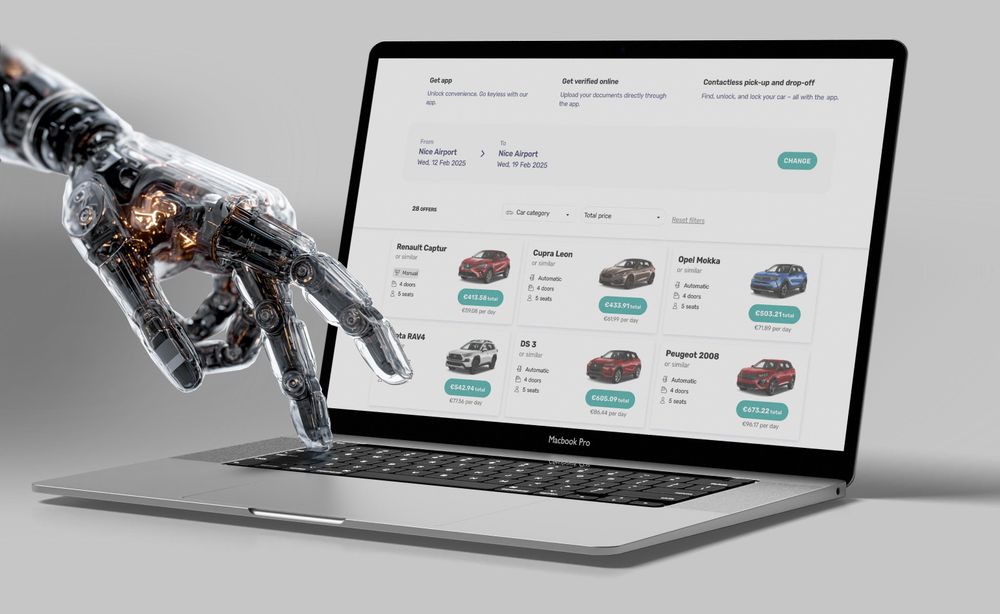The idea of sustainable mobility has grown out of the broader concept of sustainable development. The latter is defined by the World Commission on Environment and Development (WCED) as development that “meets the needs of the present without compromising the ability of future generations to meet their own needs”. Broadly speaking, there are three types of starting points for discussing sustainable mobility: environmental, socio-economic, and technological.
Environmental
Environmental protection is an essential aspect of all sustainability trends. Depending on the context, sustainable mobility can refer to mobility that contributes to reducing environmental impacts. However, in most cases also the socio-economic and technological aspects of the topic are linked to the environmental perspective.
Transportation has a remarkable impact on greenhouse gas emissions, air pollution, noise, land use, and other environmental problems. Therefore, there is a need for sustainable alternatives. Some examples of tackling the environmental issues include cycling and walking promotion (“soft mobility”), investing in the infrastructure for electric vehicles, and encouraging sustainable ways of driving (eco-driving).
Socio-economic
From a social perspective, sustainable mobility should present equity. In transportation, this mainly means following the principle of fairness when handling environmental impacts as well as providing infrastructures for everyone. But also charging for the use of the infrastructures, fuel and vehicle taxation, improvement of the urban environment, and other such arrangements should consider different audiences.
A good example of promoting sustainable transportation from the socio-economic angle is the pricing of roads and urban parking. This aims to make owning a private car (unsustainable mobility solution) a less attractive option compared to the more sustainable ones, such as public transportation, or bicycles.
Technological
From the technological point of view, sustainable mobility generally refers to modern solutions in transportation. These include alternative fuel usage, shared mobility models, and Intelligent Transportation Systems (ITS). The new technologies are one of the best means for shifting people’s behaviour to achieve also the environmental and socio-economic goals of sustainable transportation.
For the car rental world, a sustainable course is about new opportunities. Smart car rental and sharing services can help reduce the number of private cars. For example, subscription-based car rental helps customers avoid the hassle of car maintenance, saving both time and money. New technologies, such as app-based service models, make car rental remarkably easier and more accessible for different customer groups. This contributes to the shift towards more sustainable mobility choices among all car users.




